Dealing With Falls: Tips and Advice
Falling is the most common cause of injury to children
5 July 2017
Editor

Falls are the most common cause of accidental injury to children and young people with stairs being the number 1 culprit and are most common in children under 5.
A baby’s skull isn’t ‘fused’ at birth. This leaves a very soft spot on top and serious falls can cause lasting injuries.
Many falls happen because young children take their parents by surprise. They didn’t realise their child could do a particular move yet- such as rolling, turning over, crawling, climbing or standing.
Once a baby can crawl, they can climb- including on furniture pushed up against windows.






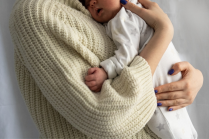

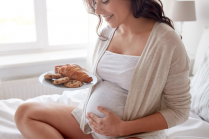
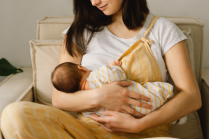




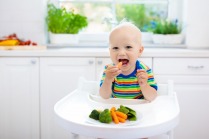

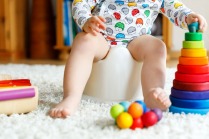

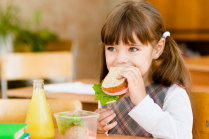

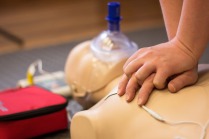


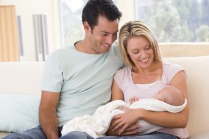

.png?itok=SvZPqMHH)




.png?itok=uB2ieOR7)












